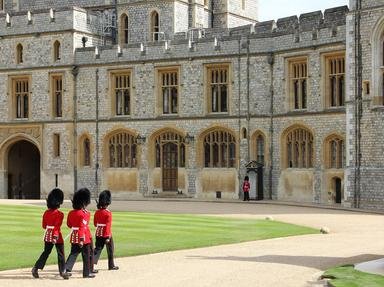Quiz Answer Key and Fun Facts
1. The death of King Charles II brought to the throne his brother, the Duke of York (sole surviving child of Charles I and Henrietta Maria) as King James II. How old was he on his accession?
2. On what date were James II and Queen Mary Beatrice crowned?
3. James, however, soon provoked a storm of protest when he announced his intention to repeal the _____ Act.
4. In the Netherlands, the Princess of Orange was upset by her husband's affair with one of her ladies-in-waiting. What was her name?
5. What was the purpose of the Declaration of Indulgence, issued by James in April 1687?
6. King James's long-coveted son was born on 10 June 1688. What was his full name?
7. How many lords signed a letter to William of Orange, begging him to come to England to save it from Catholicism?
8. On what date did King James II flee England?
9. Where in Ireland did James II land in March 1689 with a view to reclaiming the throne?
10. In June 1692, Mary Beatrice gave birth to her last child, what was this child's name?
11. What was the cause of Mary II's falling out with her sister Anne in 1693?
12. How did Queen Mary II die?
13. Another result of Mary's death was the restoration of John Churchill in the royal good books. To what position was he appointed in 1698?
14. 1701 and 1702 saw two deaths in the royal family. Who died?
15. Did Queen Anne wear mourning for her first meeting with parliament?
Source: Author
LiamR
This quiz was reviewed by FunTrivia editor
bloomsby before going online.
Any errors found in FunTrivia content are routinely corrected through our feedback system.


